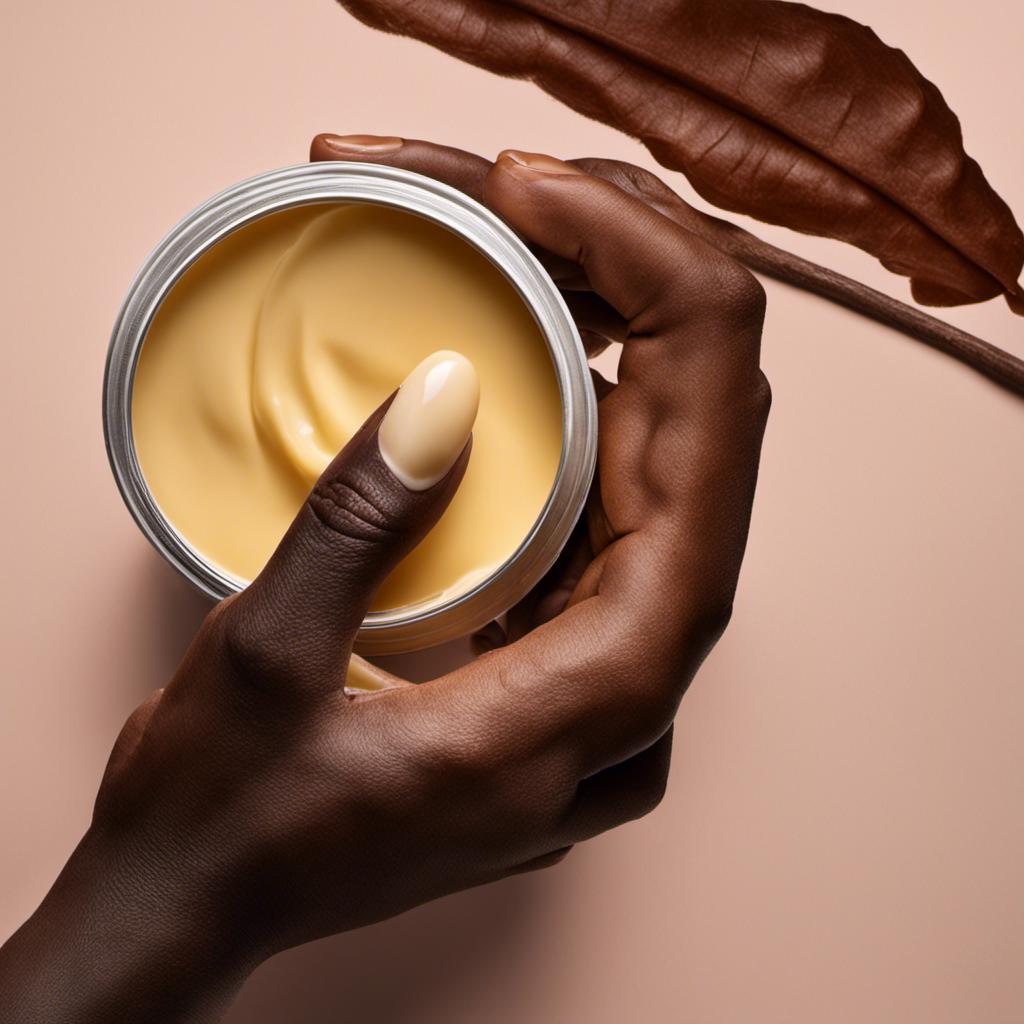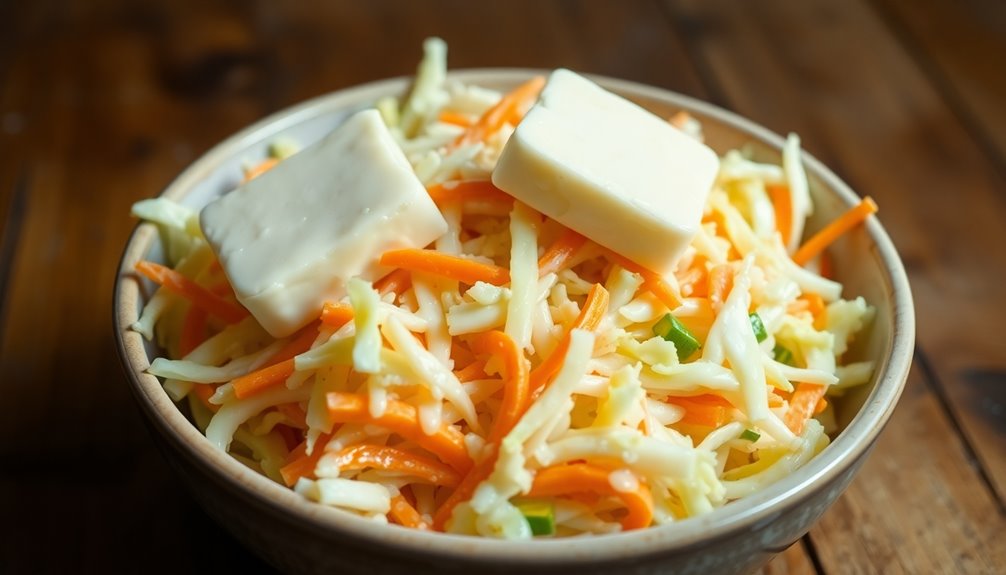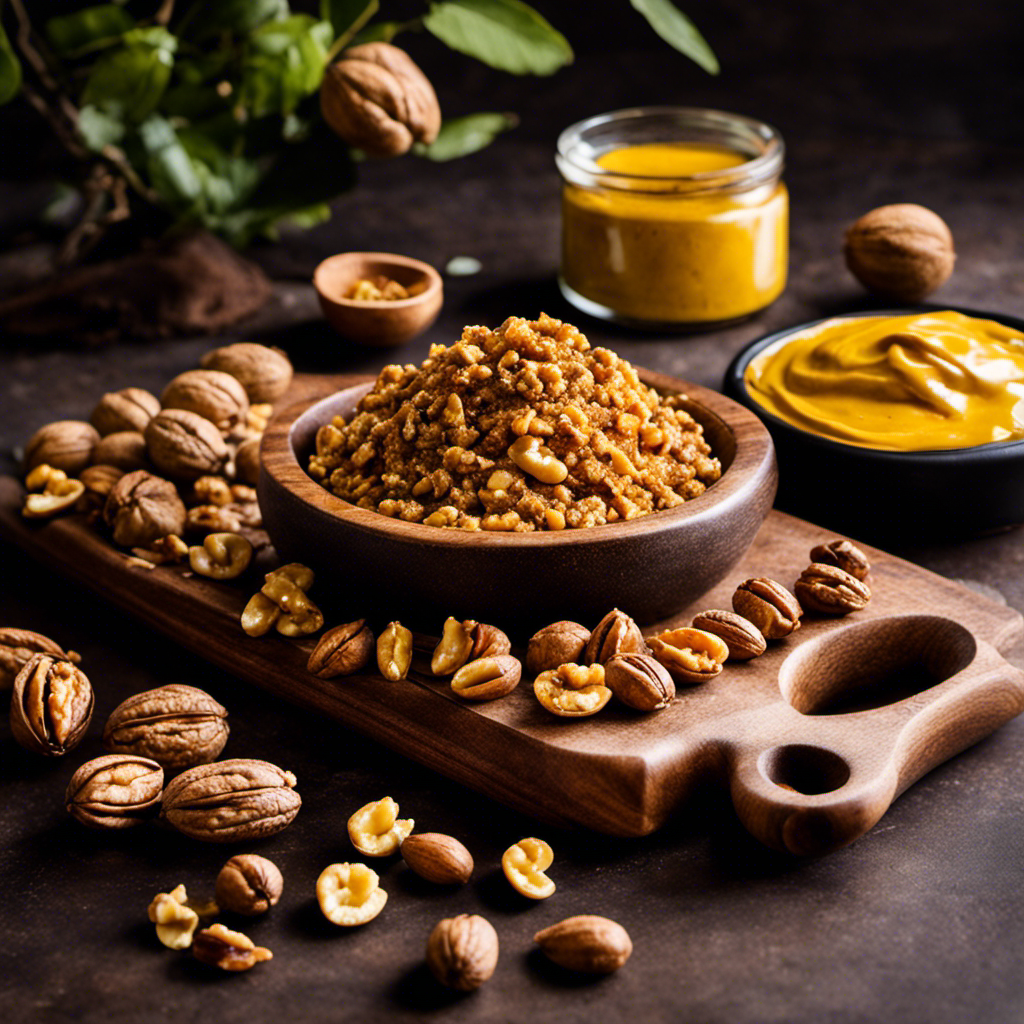As a food enthusiast and self-proclaimed expert in Indian cuisine, I have always been fascinated by the tantalizing debate between chicken tikka masala and butter chicken. These two beloved dishes, with their rich flavors and aromatic spices, have won over the hearts and palates of numerous fans.
Join me on a journey through the world of Indian curries as we delve into the delicious showdown between chicken tikka masala and butter chicken, seeking the answer to the age-old question: Which is better?
Key Takeaways
- Chicken tikka masala has a bold and robust flavor profile, while butter chicken has a milder spice level and a creamy tomato-based sauce.
- Both dishes use marinated chicken cooked in a tandoor or oven, and can be customized to suit individual spice preferences.
- Indian curries, including chicken tikka masala and butter chicken, are rich in spices known for their anti-inflammatory properties and can have a positive impact on gut health and digestion.
- Fragrant basmati rice and warm naan bread are recommended pairings for both dishes, and adding aromatic spices like cardamom, cinnamon, and cloves to rice can enhance the flavors.
Flavor Profile Comparison
I think chicken tikka masala has a bolder flavor profile compared to butter chicken. The combination of aromatic spices like cumin, coriander, and garam masala gives it a robust and complex flavor. It has a subtle kick of heat that adds excitement to each bite.
On the other hand, butter chicken has a milder spice level, with its creamy and rich tomato-based sauce being the star. The flavors in butter chicken are more subtle and balanced, allowing the taste of the tender chicken to shine through.
In terms of texture, chicken tikka masala has chunks of marinated chicken cooked in a tandoor, resulting in a slightly charred and smoky taste. Butter chicken, on the other hand, has a smoother and creamier texture, making it more comforting and indulgent.
Overall, if you’re looking for a bold and spicy flavor, chicken tikka masala would be the perfect choice.
Ingredients and Preparation
For me, the key to a delicious Indian curry lies in the combination of aromatic spices and a creamy tomato-based sauce.
When it comes to cooking techniques, both chicken tikka masala and butter chicken follow a similar preparation process. The chicken is marinated in yogurt and spices, then cooked in a tandoor or oven until tender and slightly charred.
In terms of spice level preferences, both dishes can be customized to suit individual tastes. The heat of the curry can be adjusted by adding more or less chili powder or using milder spices like paprika instead.
The creamy tomato-based sauce, made with onions, garlic, ginger, and tomatoes, adds a richness and depth of flavor to both chicken tikka masala and butter chicken, making them both incredibly satisfying and flavorful options for any curry lover.
Regional Variations
In my opinion, regional variations in Indian curries add a unique twist to the traditional flavors. Each region of India has its own culinary traditions and techniques, resulting in diverse and delicious adaptations of popular dishes like chicken tikka masala and butter chicken.
Here are four examples of regional adaptations that showcase the cultural significance of Indian curries:
-
Bengali Curry: Known for its sweet and spicy flavors, Bengali curry features a blend of mustard oil, panch phoron (a mix of five spices), and a touch of ghee for richness.
-
Punjabi Curry: This robust and creamy curry is made with a tomato-based gravy, butter, and a blend of aromatic spices like garam masala and kasuri methi.
-
Kerala Curry: Hailing from the southern state of Kerala, this curry is characterized by its use of coconut milk, curry leaves, and a medley of spices like turmeric, coriander, and fenugreek seeds.
-
Goan Curry: Influenced by Portuguese cuisine, Goan curry incorporates ingredients like vinegar, coconut, and fiery red chilies, resulting in a tangy and spicy flavor profile.
These regional adaptations not only showcase the rich culinary heritage of India but also highlight the cultural significance of each region.
Nutritional Value and Health Benefits
The nutritional value and health benefits of Indian curries vary depending on the ingredients used and the cooking methods employed.
Indian curries are typically rich in spices such as turmeric, cumin, coriander, and ginger, which are known for their anti-inflammatory and antioxidant properties. These spices can help boost the immune system and reduce the risk of chronic diseases.
Additionally, Indian curries often include vegetables and lean proteins like chicken or fish, providing essential nutrients like vitamins, minerals, and fiber.
However, it’s important to note that some curries may contain high amounts of saturated fats and sodium, so it’s important for individuals with dietary restrictions or modifications to choose wisely.
Moreover, the spices used in Indian curries can have a positive impact on gut health and digestion, aiding in the breakdown of food and promoting a healthy digestive system.
Moving forward, let’s explore some popular pairings and serving suggestions to enhance your curry experience.
Popular Pairings and Serving Suggestions
As someone who loves Indian cuisine, I highly recommend pairing your curry with fragrant basmati rice and warm naan bread for a satisfying and complete meal. Here are some popular pairings and unique twists on traditional serving suggestions for these dishes:
-
Best wines to pair with Chicken Tikka Masala or Butter Chicken: A full-bodied red wine like a Syrah or a Malbec can complement the rich flavors of these dishes. The fruity notes and tannins in these wines can balance out the spiciness and enhance the overall dining experience.
-
Unique twists on traditional serving suggestions: Instead of plain basmati rice, try cooking it with aromatic spices like cardamom, cinnamon, and cloves. This will add an extra layer of flavor to your meal. Additionally, you can serve your curry with homemade garlic naan bread or experiment with different types of naan like cheese naan or garlic and coriander naan for a tasty variation.
Frequently Asked Questions
What Is the Origin of Chicken Tikka Masala and Butter Chicken?
The origin of chicken tikka masala and butter chicken is not relevant to discussing the key ingredients or taste comparison. However, both dishes are popular Indian recipes with distinct flavors and spice profiles.
Can Chicken Tikka Masala or Butter Chicken Be Made With Alternative Meats or Vegetarian Options?
When exploring alternative meat options or vegetarian substitutes for chicken tikka masala or butter chicken, it’s important to consider the flavors and textures that make these dishes unique.
Are There Any Specific Spices or Herbs That Are Commonly Used in Chicken Tikka Masala or Butter Chicken?
In chicken tikka masala and butter chicken, commonly used spices include cumin, coriander, turmeric, garam masala, and chili powder. These spices add a flavorful and aromatic touch to the dishes, enhancing their overall taste.
How Do Chicken Tikka Masala and Butter Chicken Differ in Terms of Cooking Techniques?
When it comes to cooking techniques, chicken tikka masala and butter chicken differ in their approach. Chicken tikka masala is marinated in a yogurt-based mixture before being grilled, while butter chicken is cooked in a rich tomato and butter sauce. The marinade plays a crucial role in enhancing the flavors of both dishes.
Is There a Significant Difference in the Level of Spiciness Between Chicken Tikka Masala and Butter Chicken?
In terms of spiciness, there is indeed a noticeable difference between chicken tikka masala and butter chicken. While tikka masala tends to have a mild flavor profile, butter chicken is known for its spicier kick. However, variations can exist based on regional differences and unique twists.
Conclusion
In conclusion, both chicken tikka masala and butter chicken are delicious and popular Indian dishes. While chicken tikka masala is known for its smoky and tangy flavors, butter chicken is rich and creamy.
The choice between the two ultimately comes down to personal preference. Like two rival siblings, these dishes offer a unique and delectable experience, ensuring a delightful culinary journey for those who indulge.










